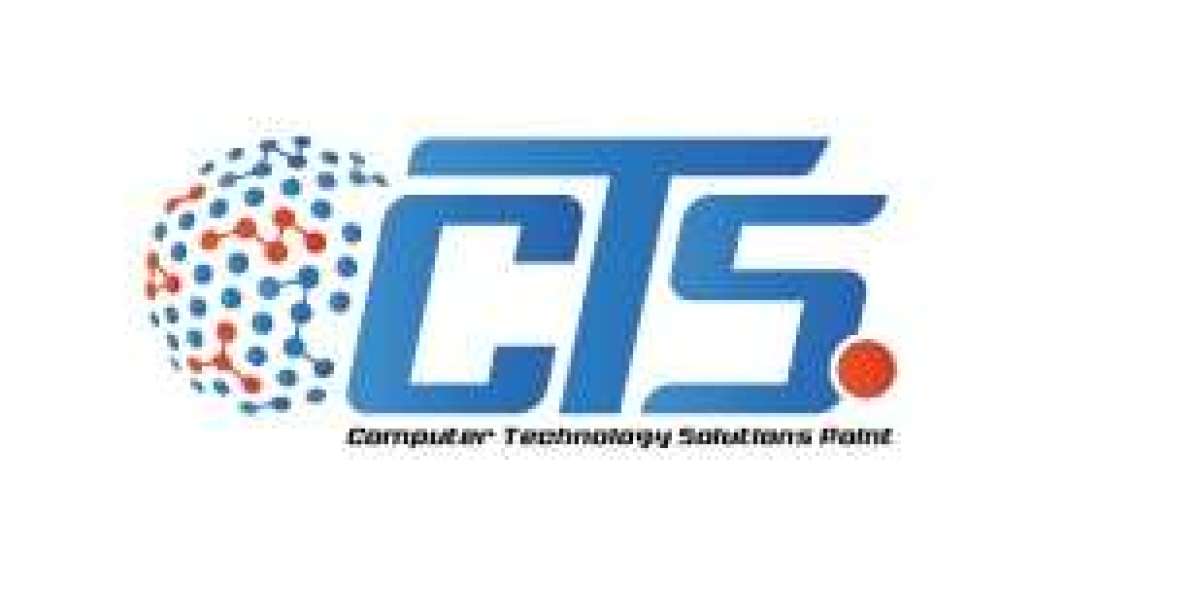Power injectors, sometimes called "PoE (Power over Ethernet) injectors," play a crucial role in networking and other systems by delivering power and data to devices through a single Ethernet cable. This innovation simplifies the setup and maintenance of various electronic systems, enabling efficient installation, cost savings, and enhanced device connectivity.
What are Power Injectors?
A power injector is a small device designed to add power to an Ethernet cable, allowing both electrical current and data to be transmitted over the same line. Primarily used in network environments, power injectors support Power over Ethernet (PoE) technology, which eliminates the need for separate power and data cables. With only one cable for data and power, PoE injectors simplify installations, especially where multiple devices, such as IP cameras, Wi-Fi access points, and VoIP phones, need to be powered without extensive cabling.
How Do Power Injectors Work?
Power injectors connect between a network switch (or router) and the end device. They take in power from a standard power source and data from the switch, injecting both into a single Ethernet cable. This combined cable can then transmit data and power directly to the device, such as a camera or access point. The injector's functionality makes it easier to install devices far from traditional power outlets, providing flexibility in device placement.
Types of Power Injectors
Power injectors come in various types, with two main categories being passive and active. Passive injectors simply add power to the Ethernet cable without controlling the voltage, making them suitable for devices with specific power requirements. Active injectors, on the other hand, automatically adjust the voltage based on the device’s needs, making them safer for sensitive electronics. Within active injectors, standards such as IEEE 802.3af, 802.3at, and 802.3bt define different power levels, ensuring compatibility with various devices.
Key Applications of Power Injectors
Power injectors have wide-ranging applications, especially in environments where traditional power sources may be limited.
1. Surveillance Systems
IP cameras require consistent power to capture and transmit video data. PoE injectors allow them to be installed in hard-to-reach areas without needing separate power cables.
2. Wireless Access Points
To ensure seamless Wi-Fi connectivity, many businesses use access points in various locations. Power Injectors make it easier to power these access points in open areas, improving network reach.
3. VoIP Phones
VoIP phones, commonly used in business communications, require reliable power for uninterrupted service. Power injectors ensure that these phones remain operational during power fluctuations or outages by providing consistent power.
Benefits of Using Power Injectors
Power injectors offer several advantages, making them a valuable asset in networking. They simplify the infrastructure by reducing the need for extra power cables, saving installation costs and time. Additionally, they enable flexible device placement, allowing organizations to set up devices where they are most effective, even if no nearby power outlet is available. This flexibility is critical in smart building setups, where IoT devices and sensors require strategic placement.
Conclusion
Power injectors are essential in creating more versatile, efficient, and reliable network infrastructures. From simplifying installation to offering enhanced flexibility in device placement, they provide significant value across various applications, such as surveillance, wireless networking, and communication. As technology continues to evolve, the adoption of power injectors in smart homes, businesses, and cities will likely expand, driving further innovation in how devices are powered and connected.








